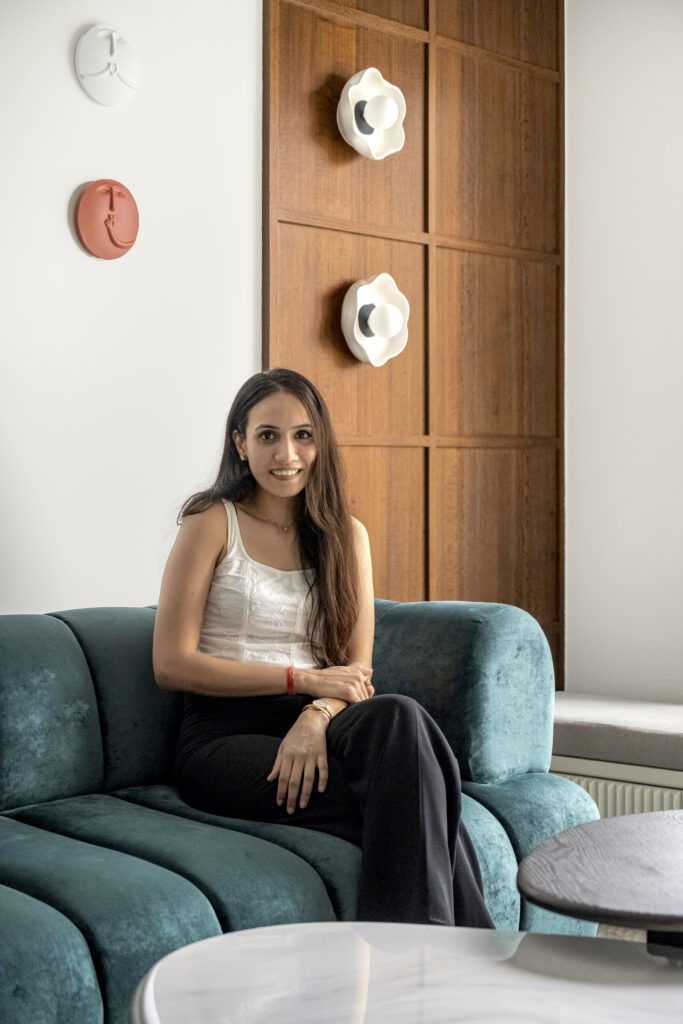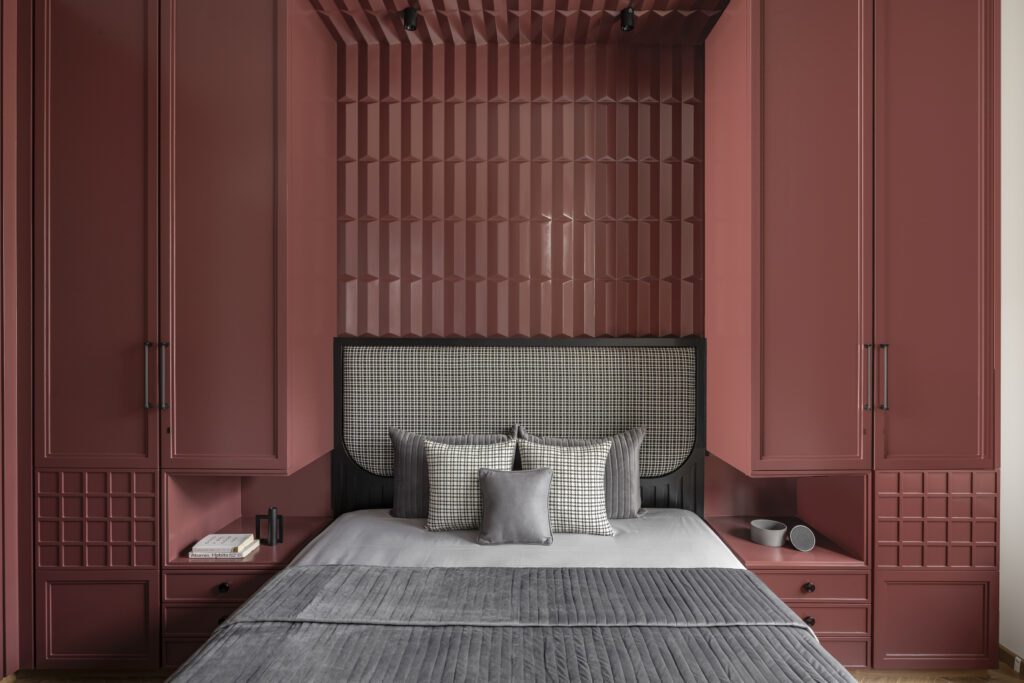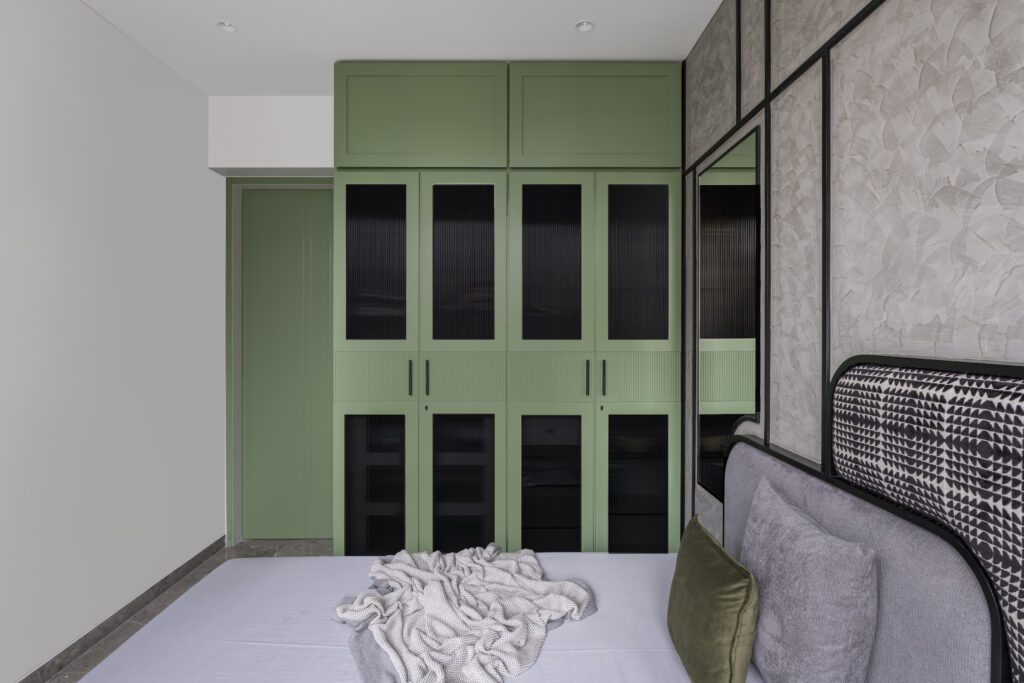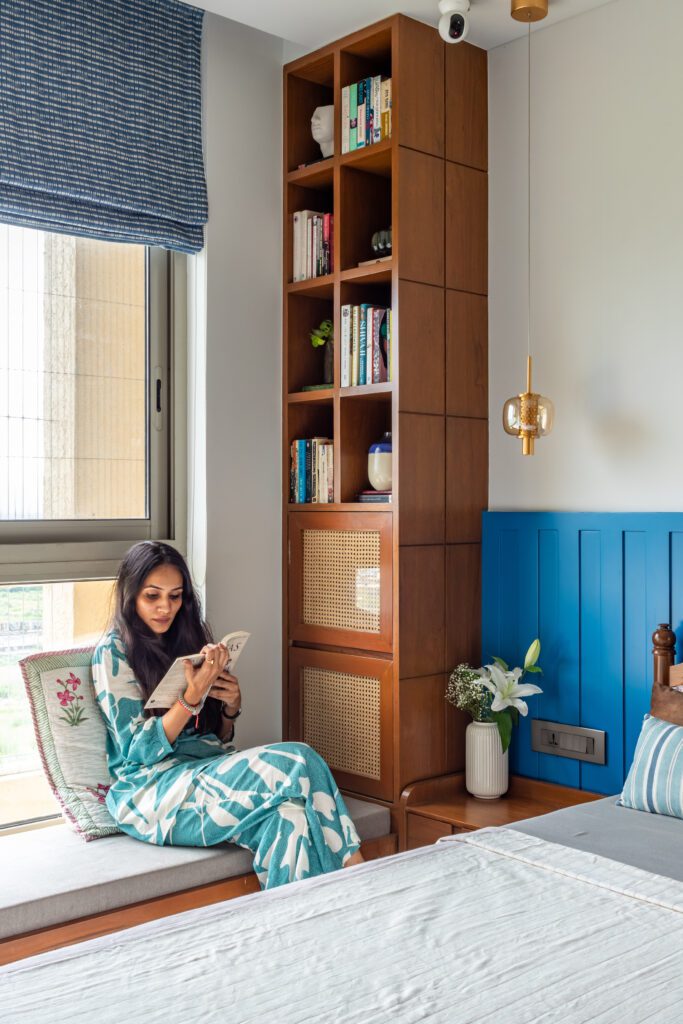
In a world awash with fast design and formulaic interiors, Kajal Soni stands out as a designer who approaches each space with profound intentionality, translating her clients’ lived experiences into layered, tactile environments that breathe life. As the founder and creative force behind Studio Kajal Soni, she has steadily cultivated a practice defined by empathy, material honesty, and refined restraint—where storytelling takes precedence over surface embellishment.
Her spaces, whether bold and expressive or calm and meditative, reveal a deep respect for context and the people who inhabit them. In this candid conversation, Soni opens up about her early influences, creative challenges, the joy of experimentation, and how she ensures her clients always feel heard, seen, and reflected in their homes.
A Childhood Imprint and the Spark of Design
Design wasn’t something Soni discovered—it was something she grew into, organically and intuitively.
“As a child, I was always drawn to space,” she recalls. “I would constantly rearrange furniture in my room, obsess over how sunlight fell on certain corners, or feel a shift in mood when walls were painted a new colour. It felt magical that the built environment could shape how we feel.”
This curiosity led her to study design formally, but she credits much of her growth to observing life itself—its imperfections, pauses, and personal nuances. “Academia gave me the vocabulary, but life gave me the voice,” she says with a smile.
Over time, this innate sensitivity became the bedrock of her studio practice. “I don’t start with a design style. I start with a feeling. I ask, what emotion should this space evoke when someone walks in? That’s what guides the process.”
The Studio Ethos: Empathy Meets Elegance
At Studio Kajal Soni, the process begins with deep listening. “Design is ultimately a service—one that has the power to improve someone’s daily life. So, we listen. We observe. We ask questions that have nothing to do with furniture or paint colors, but everything to do with the person’s life,” she explains.
Whether designing a compact city apartment or a sprawling home, her work always centers the user. “I don’t want people to feel like they live in a magazine spread. I want them to feel at ease, surrounded by things that reflect who they are, not just what’s trending.”
Soni’s aesthetic is best described as restrained yet expressive—a balanced harmony between clean forms, warm materials, and just the right amount of boldness. “There’s a certain calm in my work, yes, but it’s never clinical. There’s always a hint of texture, a playful shape, or a pop of color that keeps it grounded and human.”
Design as Dialogue: The Client Is the Muse
When asked what distinguishes her process from others, Soni points to collaboration. “My clients are not bystanders in the process; they are co-authors,” she emphasizes. “Even when their vision differs from mine, I don’t impose. Instead, I explore what excites them, gently refining their ideas with professional insight.”
This approach has fostered long-term relationships built on trust and creativity. “I believe good design happens when there’s mutual respect. When clients feel heard, they open up, and that vulnerability leads to much more meaningful spaces.”
She recounts working with a family who had just relocated from abroad. “They had strong visual references, but what they truly needed was emotional grounding—a sense of home in a new city. We used soft, tactile materials, incorporated pieces from their travels, and designed around their family rituals. The result was deeply personal.”
On Calista: A Maximalist Departure
One project that tested and expanded her design vocabulary was Calista, a residence that embraced layered maximalism. “It was a creative departure for us,” Soni admits. “We’re usually inclined towards minimalism, but Calista invited us to think in layers—visual, spatial, emotional.”
The home is a vivid play of color and contrast, with deep emerald greens, luxurious velvets, intricate marble inlays, and sculptural lighting. “It was important that it didn’t feel overbearing despite the boldness,” she says. “So, we anchored it with a strong visual rhythm—repeating forms, controlled color palettes, and consistent lighting tones.”


Working on Calista reminded her that stepping outside of your stylistic comfort zone can be creatively liberating. “It taught me that boldness doesn’t mean chaos—it can be incredibly curated and still feel cohesive.”
The Beauty of Constraints
Not all projects come with large square footage or limitless budgets. One particularly rewarding assignment involved redesigning a small 2BHK apartment for a newly married couple. “The challenge was to make the space multifunctional without making it feel cramped,” Soni explains.
Using custom-made dual-purpose furniture, concealed storage, and a carefully planned palette of soft neutrals and brushed metal accents, she created a space that felt both open and intimate. “Sometimes, constraints force you to be more innovative. You focus less on ornamentation and more on utility and flow.”
She credits this philosophy—less but better—for her studio’s growing body of work, which continues to prioritise quality over excess and meaningful gestures over trends.
On Materiality, Whimsy, and Future Frontiers
Kajal Soni views materiality as the emotional language of design. “Materials speak. Wood feels warm. Glass reflects thought. Concrete grounds. We make these decisions consciously because they shape how a person interacts with their space every day.”
She often experiments with upholstery, stone textures, and organic lighting fixtures to introduce a layer of surprise. “I like when something makes you pause—a quirky mirror, a coral velvet armchair in a neutral room, or an asymmetrical pendant that casts a shadow differently at night.”
As for what excites her about the future of design? “I think we’re moving towards a slower, more conscious era,” she says thoughtfully. “There’s more interest in sustainable materials, in vintage and reused elements, and in designing homes that evolve with their inhabitants. That aligns with my core values.”
A Signature That Doesn’t Shout
Perhaps the most telling mark of Soni’s work is its quiet strength.
“I don’t have a signature that screams. But people tell me they can recognise my work by how it feels—it’s subtle, serene, and thoughtfully composed.”

It’s this restraint, married with a deep emotional intelligence, that defines Kajal Soni’s growing legacy. As she continues to explore new typologies, from hospitality spaces to boutique retail, one thing remains unchanged: her commitment to designing from the inside out.
“I think of my spaces like poems,” she says in closing. “You don’t always need to explain them. You just need to feel them.”
For more from Kajal Soni, check out her socials: Instagram , Facebook , Linkedin